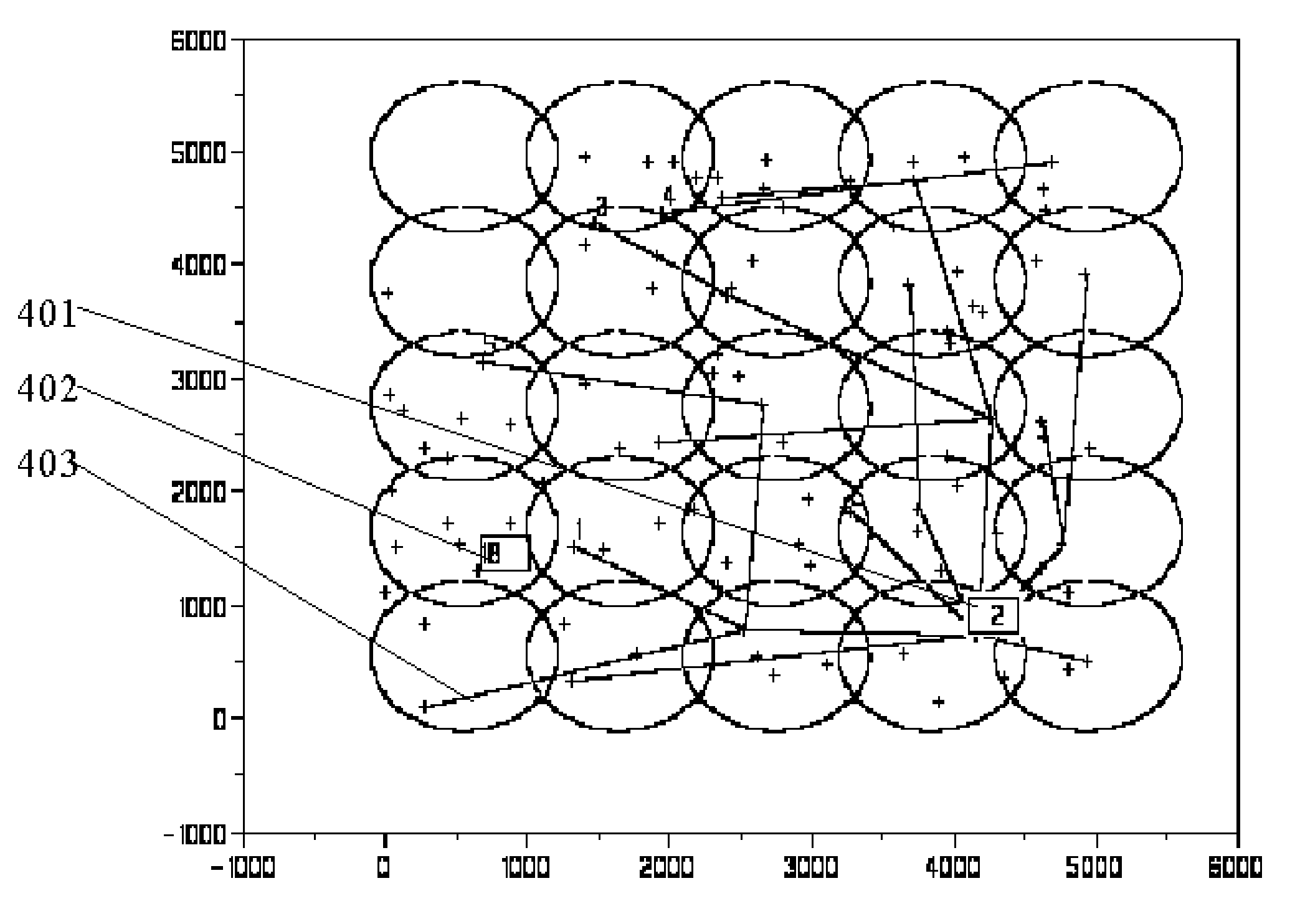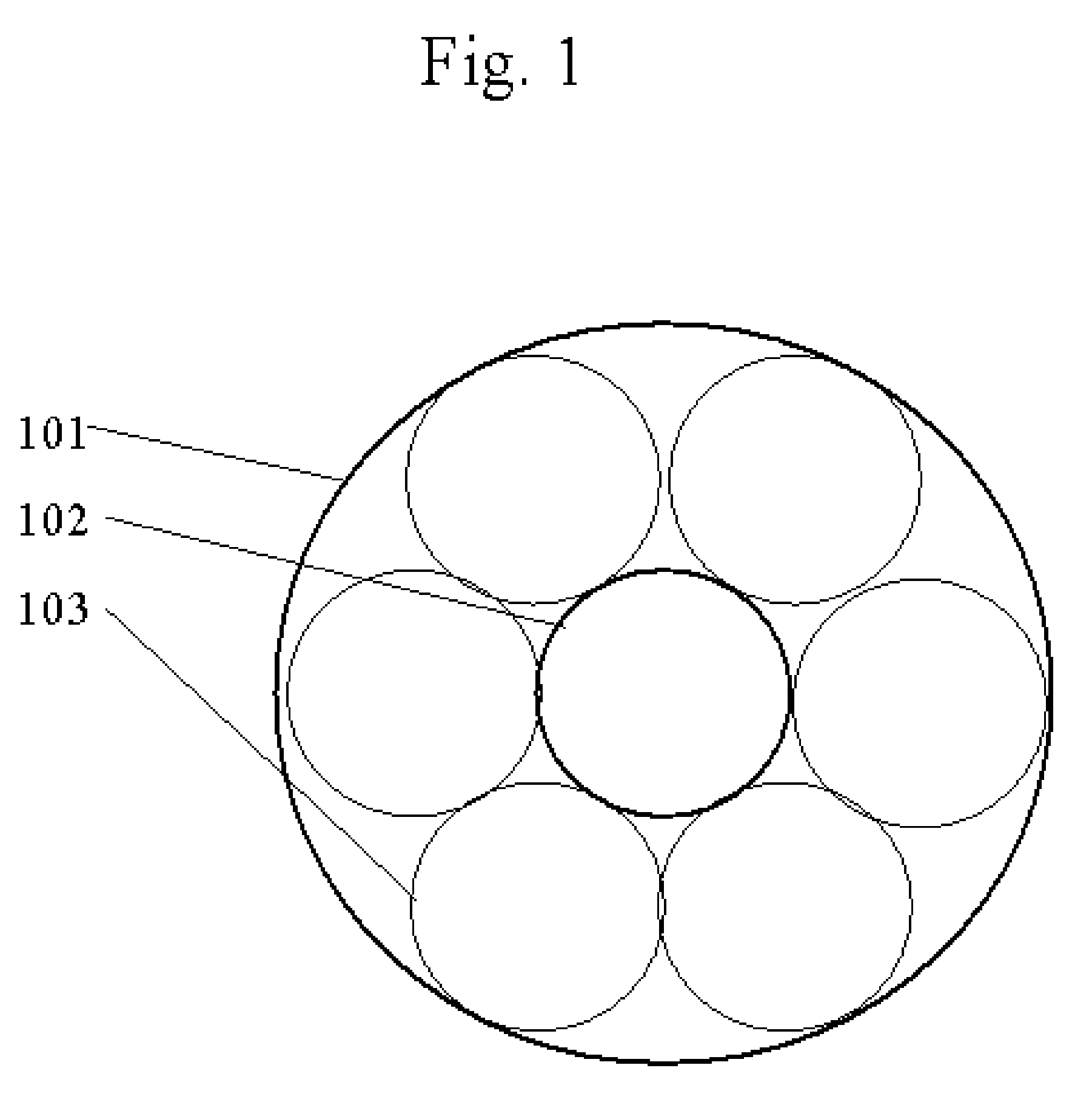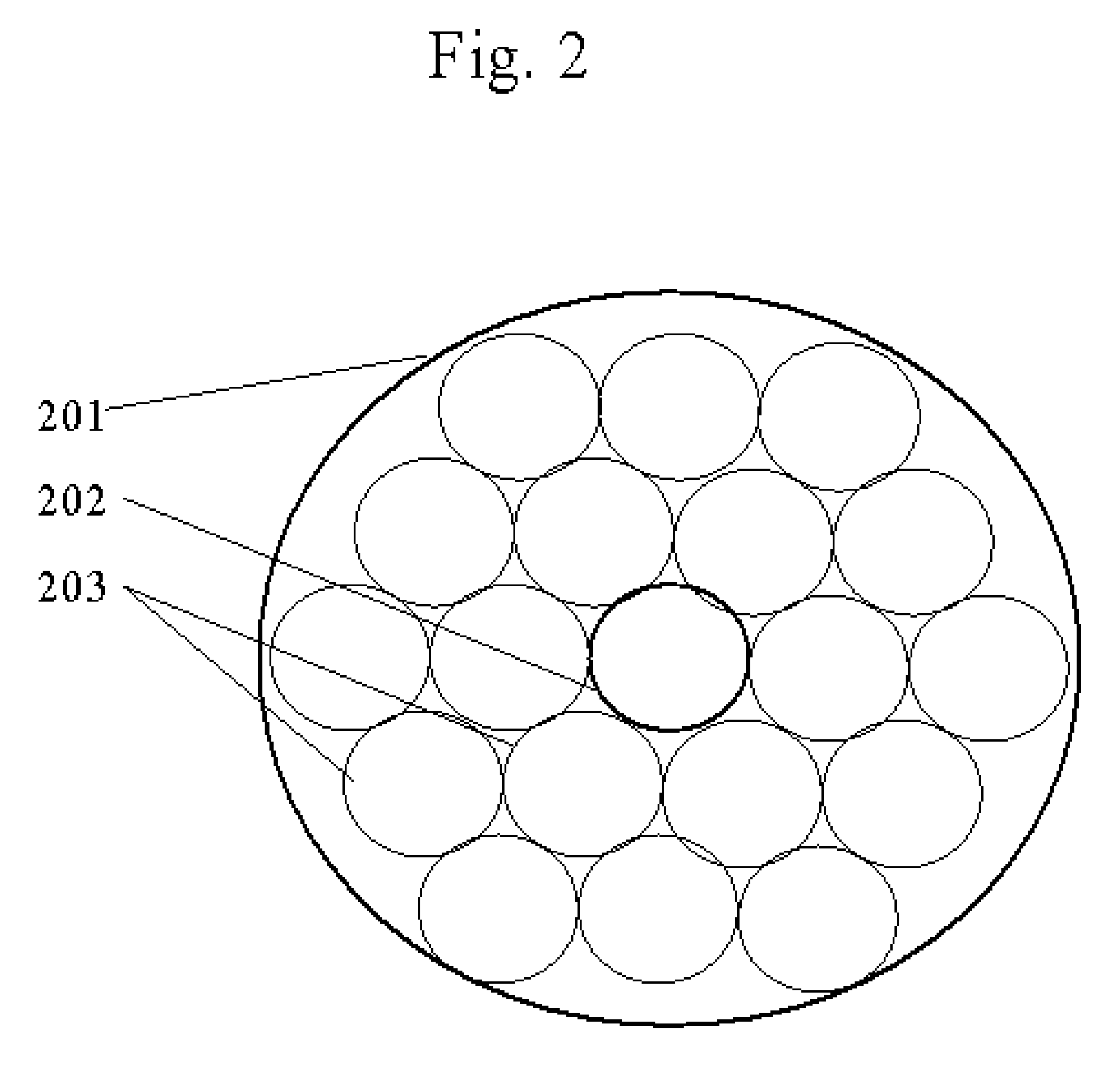Small Geographical Area Cell-based Dynamic Source Routing for Mobil Ad-hoc Networks
a dynamic source and mobile ad-hoc technology, applied in the field of solving the routing problem in the mobile ad-hoc network, can solve the problems of slow network traffic generation, inconvenient routing, and limited transmission range, so as to reduce the overhead of routing
- Summary
- Abstract
- Description
- Claims
- Application Information
AI Technical Summary
Benefits of technology
Problems solved by technology
Method used
Image
Examples
Embodiment Construction
[0060]The SGA-DSR Concept and Terms Definitions: The terms are defined so that the concept and method of the SGA-DSR can be better described.
DEFINITION LIST
[0061]The concepts of SGA-DSR can be better presented with the terms defined.
Definition List 1TermDefinitionPSPositioning System: It is a system that provides the nodes in the networkof their positions. There are two kinds of PS. The positions can be anabsolute geographical position or a relative position from a knownreference point. Therefore, there are two kinds of PS: Global PositioningSystem (GPS) Type: The node equipped with GPS capability would be ableto know its own geographical location and therefore be able to identifywhich SGA cell its is currently in. Relative Positioning Type: The networkestablishes a set of reference points. The reference points could besome specific nodes or land marks. The position coordinates are definedin reference to the reference points. This invention relies on the supportof such a Positioning...
PUM
 Login to View More
Login to View More Abstract
Description
Claims
Application Information
 Login to View More
Login to View More - R&D
- Intellectual Property
- Life Sciences
- Materials
- Tech Scout
- Unparalleled Data Quality
- Higher Quality Content
- 60% Fewer Hallucinations
Browse by: Latest US Patents, China's latest patents, Technical Efficacy Thesaurus, Application Domain, Technology Topic, Popular Technical Reports.
© 2025 PatSnap. All rights reserved.Legal|Privacy policy|Modern Slavery Act Transparency Statement|Sitemap|About US| Contact US: help@patsnap.com



